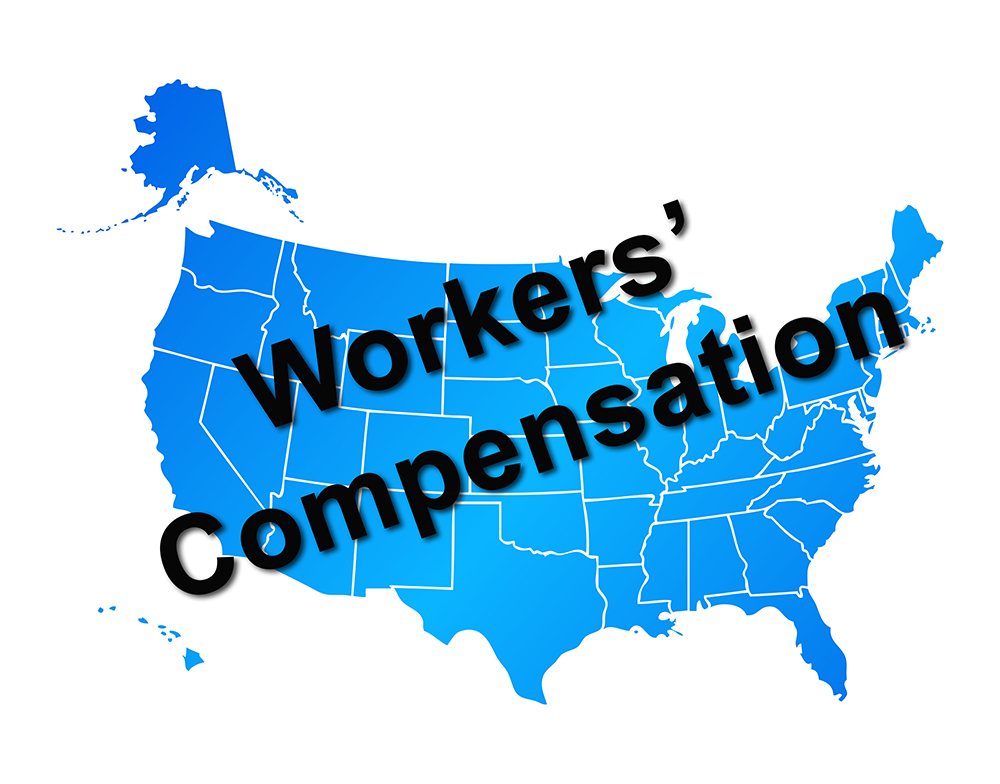Your workers’ compensation policy may seem like one of the simplest forms of commercial insurance. After all, it covers you as an employer for the medical costs of your employees who suffer job-related injuries and pays their lost wages, as required by the workers’ compensation statutes in a particular state. In reality, however, workers’ compensation is more complicated than most employers realize — particularly when it comes to work beyond the borders of your state.
Did you know, for instance, that if your employees engage in out-of-state work, your protection against workers’ compensation claims might not apply микрозайм на карту? Often, the reason for the lack of this coverage stems from a mere oversight: your insurance carrier or broker didn’t ask for enough details.
What do insurance providers need to know about your organization and employees so that you’re fully protected when facing a claim? What should you consider when buying workers’ compensation coverage? Here’s a rundown.
Nuances and complexities
From an insurer’s point of view, even the basic workers’ compensation policy represents a potentially complex set of coverages. The policy may provide a different array of insurance coverages and limits for each state in which your employees could be injured. As a result, workers’ compensation insurers must identify the states to which they are extending this coverage. Failure of an insured and/or their broker to identify states that might reasonably be expected to require workers’ compensation insurance can result in the denial of this coverage for an otherwise legitimate claim.
Workers’ compensation policies contain separate, important grants of insurance, which are listed in Item 3 of the policy’s declarations page:
3.A. Workers’ Compensation Insurance: Workers’ compensation is provided only in those states that are specifically listed and underwritten in this section as the primary place of injury, according to the particular laws of that state.
3.C. Other States’ Insurance: Any state that is not listed under 3.A. but represents another potential place of injury must be listed under this section to be eligible for coverage.
If you’re seeking workers’ comp coverage, it’s important for you to work with your insurance broker to identify specific states that should be listed in section 3.A. and 3.C. There are no hard and fast rules that define when states should be listed in each section, but some suggested guidelines are discussed below. You have the flexibility to interpret these guidelines as long as you can reasonably justify your selection to the insurance carrier if a claim is filed. However, failure to list a state in either 3.A. or 3.C. can result in the denial of a workers’ comp claim by the insurance company if one of your employees is injured there and brings a claim under the statute in that state.
[psa_cta id=”14004″]Suggested guidelines to list states under section 3.A.
When providing information to your insurance carrier, make sure you cover these points under 3.A. to ensure full coverage:
- The organization’s state of domicile (the “home office”).
- States in which branch offices or operations are located.
- States in which a subcontractor is hired to perform work on behalf of the organization, if the subcontractor has not provided proof of their workers’ compensation coverage. Uninsured subcontractors can ultimately be considered employees in some states.
- States with which employees have “significant contact.” This could pertain to an employee who works out of his or her home in a different state on either a full- or part-time basis, or an employee who regularly travels to another state to work with a government entity or a vendor.
Suggested guideline to list states under section 3.C.
Under Section 3.C., you need to notify your insurer about the following to make sure you are covered:
- Bordering states: exposure arising from employees who work in the primary state but live in a different state.
- States in which the organization plans to begin operations or open a location.
- States with which employees do not have “significant contact” but may occasionally travel to visit clients or customers, or attend work-related courses or conventions.
Why is listing states properly under each section important, and how does it affect your workers’ comp premium and coverage?
Your workers’ compensation premium is calculated based on your payroll only in the states you list under 3.A. There is no workers’ compensation associated with states listed under 3.C. You may be thinking you could save money by listing states under 3.C. However, if a claim is filed in a state under 3.C that should be associated with 3.A, you will have to justify your reason for not following the general guidelines discussed above to the insurance company. If you are not able to provide a sound explanation, your coverage may be denied by the insurance carrier. However, if you followed the guidelines when designating a state to be 3.C. AND can support your selection in the event of a claim, the insurance company will typically work with you to pay the claim.
Similarly, if over time your operating status changes in a state listed in 3.C. and now it qualifies for section 3.A., you must notify your insurance carrier within 30 days or coverage may be denied. In addition, have your insurance company incorporate the broadest possible language to describe your exposure in “other states.” Depending on your insurer, the recommended language would be: “All states other than monopolistic states and states listed in section 3.A.” Keep in mind, however, that some insurance carriers are not licensed and active in all states, so broad language of this nature may not be feasible.
Learn by example
Workers’ compensation coverage is complicated, and one of the best ways to understand the above points is to demonstrate it through an example. Consider a technology company that fits the following descriptions:
- Headquartered in Maryland but also has locations in Pennsylvania and Virginia
- Subcontracts a specialized part of its work — 3-D graphic design — to a contractor in New York
- Employees often go to Washington, D.C. to lobby the federal government, qualifying as “significant contact”
- Some employees live in and commute from New Jersey weekly while sales teams make frequent nationwide client visits
- The company is also building new plants in Florida and California
In this scenario, the technology company would have to list Maryland, Pennsylvania, Virginia, New York, and Washington, D.C. under 3.A. while placing New Jersey, Florida, and California under 3.C. in its workers’ compensation policy in order to ensure full coverage to employees, subcontractors, or clients while on the job.
Ensuring full coverage may take extra work on your part in advance, but it’s worth the effort. As you consider various insurance providers, look for a partner who understands the nuances and complexities of your operations — and will take the time to get the information needed to fully protect your company.
At PSA, we conduct a comprehensive assessment of each client’s unique business needs so we can provide the best workers’ compensation coverage possible. Contact me at bmarx@psafinancial.com to find out how.




